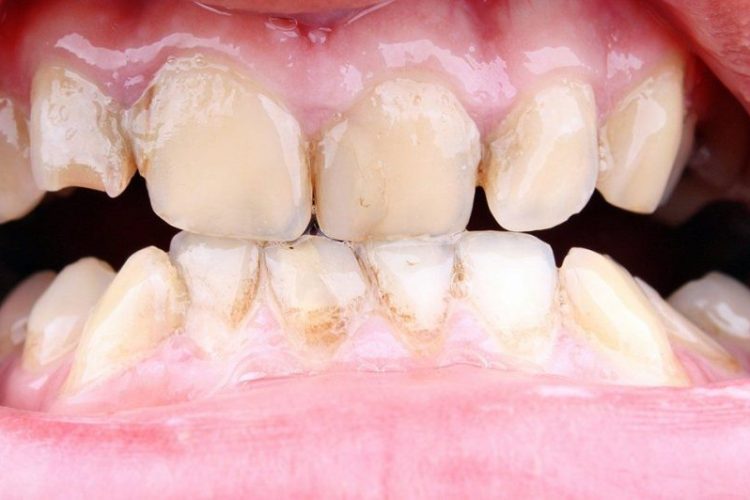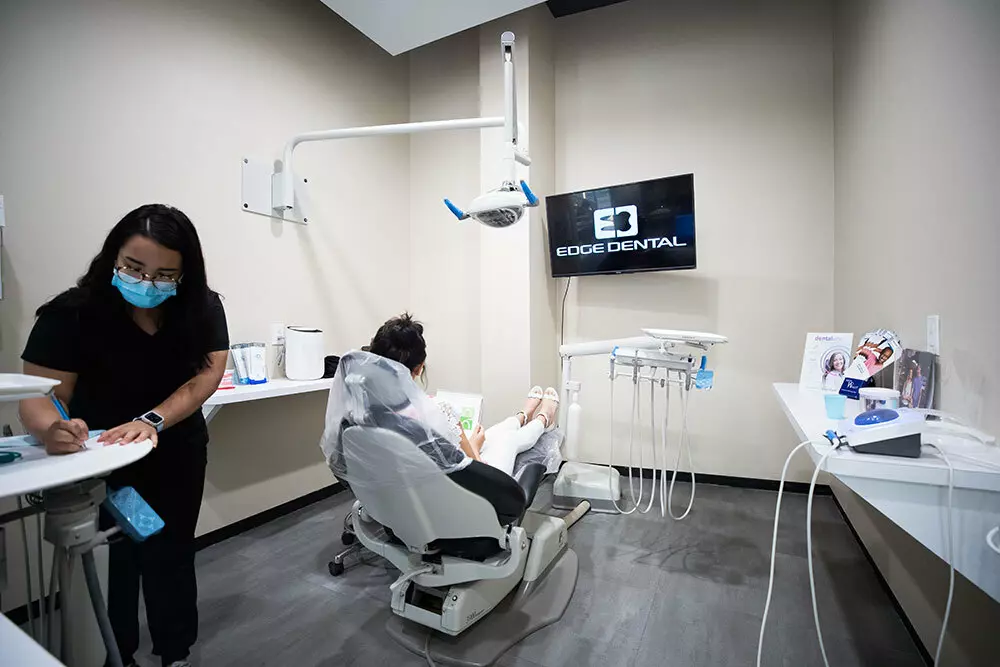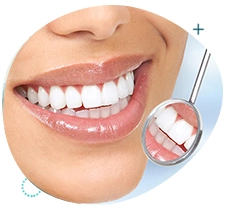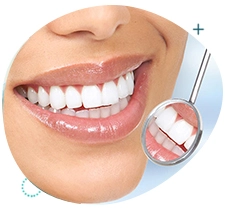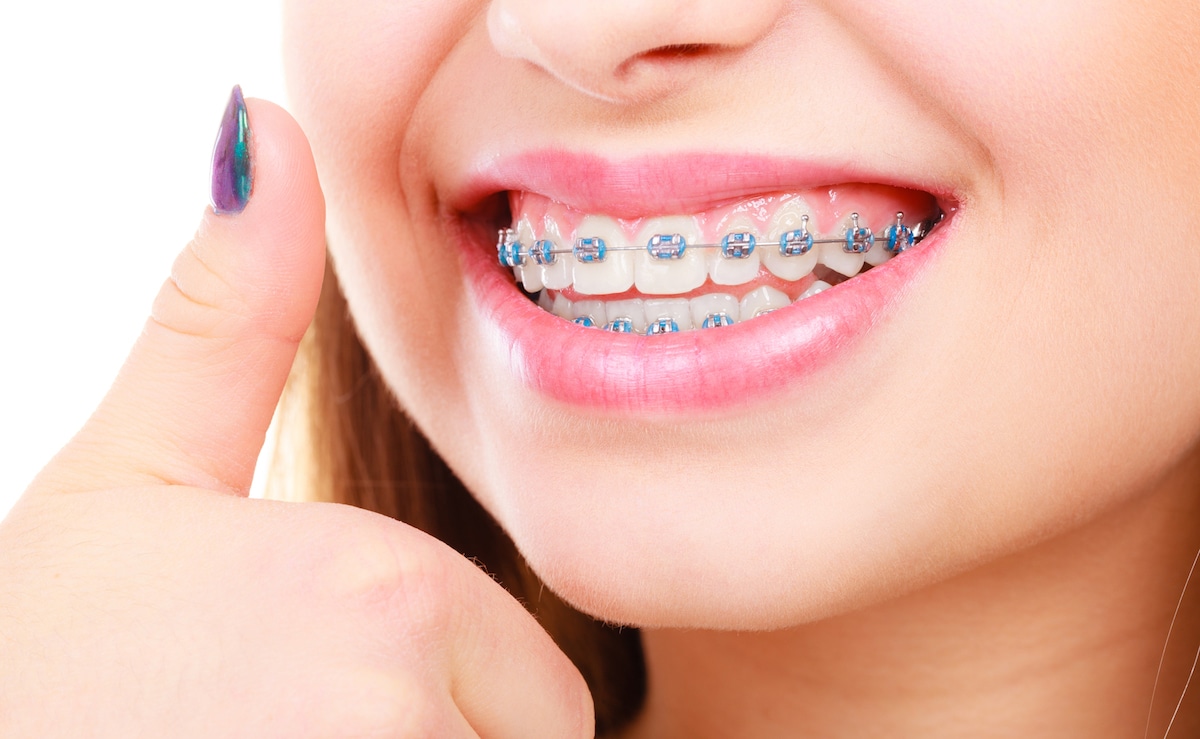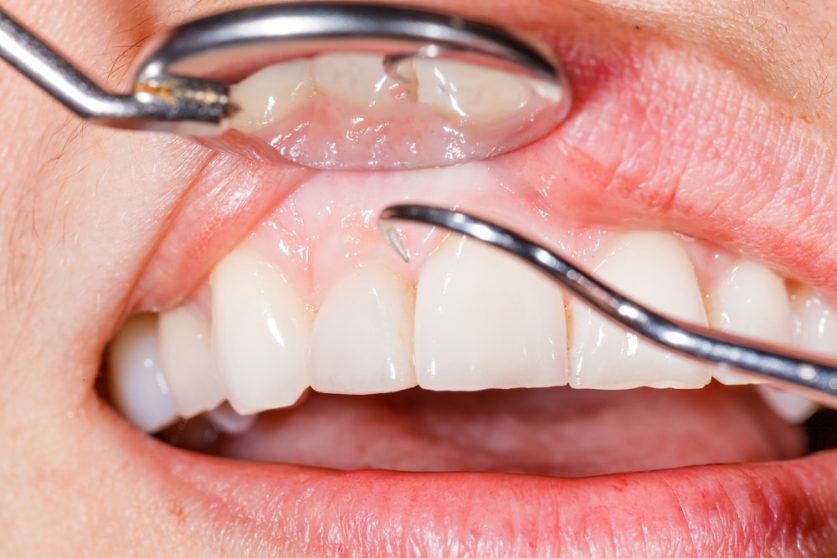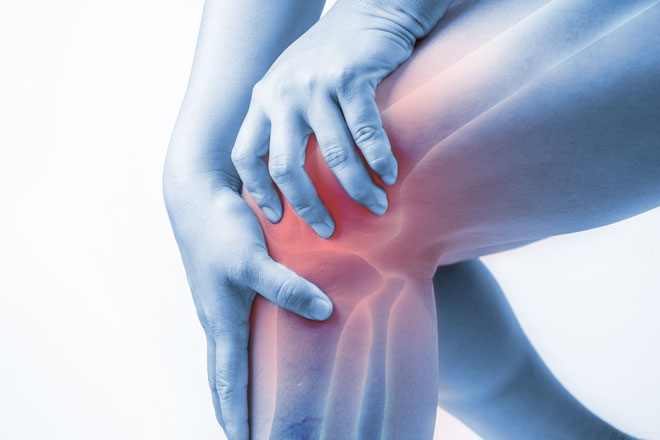How To Get Rid Of Gingivitis?
Numerous people suffer from Gingivitis once because of several reasons. Gum diseases are generally prone to people who don’t maintain their oral hygiene.
If you are suffering from gum disease then your surroundings must have suggested getting Gum Disease Treatment but before getting this treatment to identify what stage of gum disease you are suffering from. In this article we’ll assist you with the following:
- What is gingivitis?
- What are the causes of gingivitis?
- What are the signs and symptoms of gingivitis?
- How will your dentist diagnose this disease?
- What Gingivitis Treatment is best?
What is gingivitis?
Gingivitis is a form of gum disease that appears before the periodontal disease that causes redness, swelling, irritation, and inflammation in your gums and the other parts around your gums. Dentists suggest that people should not avoid gingivitis and visit periodontitis near me for getting it treated. Gingivitis can cause a serious gum condition which is known as “periodontal disease” that causes tooth loss, so make sure not to avoid its treatment and visit a dentist nearby.
What are the causes of gingivitis?
The most important cause of gingivitis is deficient oral hygiene that promotes plaque formation on teeth which causes inflammation of the surrounding gum tissues.
Here are some factors that can raise your risk of gingivitis including:
- Poor eating habits
- Smoking or tobacco
- Aging
- Often dry mouth
- Vitamin C deficiency
- Decrease in immunity
- Drugs, like phenytoin, and high blood pressure
- Hormonal changes
- Pregnancy and menstrual cycle
- Genetics
These are some common causes of gingivitis, make sure to avoid these if you don’t want to suffer from this gum disease.
What are the symptoms of gingivitis?
Not many people can understand that the sign and symptoms of gingivitis, here are some symptoms that will help you identify if you are suffering from gum disease or not:
- Swollen gums
- Redness in gums
- If you have gums that bleed easily while brushing
- Bad breath
- Receding gums
- Delicate gums
How will your dentist diagnose this disease?
Your dentist will diagnose your condition based on these:
- First, your dentist will check your medical history that may contribute to your symptoms.
- Your dentist will examine your teeth, gums, mouth, and tongue for determining your teeth, gums, mouth and tongue for signs of plaque and inflammation.
- Your dentist will perform X-rays to check if any bone loss in areas that will help him identify the deeper pockets of your teeth.
- After doing these procedures your dentist will ask you for several tests and based on their results, he/she will perform the treatment.
What Gingivitis Treatment is best?
Dental cleaning is the best and most common treatment for treating gingivitis by a dentist. The initial stage of getting all your plaque and tartar removed from your teeth is to get deep cleaning teeth. This procedure is called root planing and scaling, in this procedure, your dentist will remove tartar and buildup bacteria from your tooth covers and under your gums and after that, your dentist will remove the bacterial effects created by inflammation that will stop the buildup of tartar and bacteria, and starts proper healing. The procedure may require a laser or an ultrasonic device. Make sure to visit the best dentist open near me for getting this treatment done.
Conclusion
We hope you liked this article and it was somewhere to help you identify gingivitis treatment and symptoms. If you want to learn more make sure to search for a dentist open near me.


